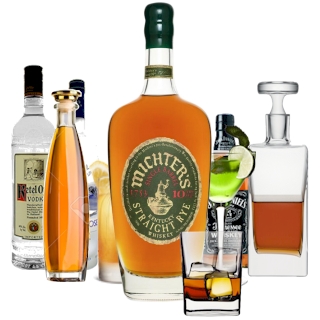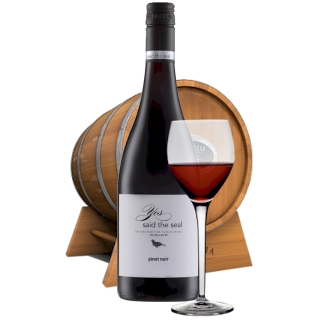Established 1851 by the French Marist order, Mission Estate are New Zealand's oldest winery, under continuous management ever since. The city of Lyon's Society of Mary sailed to New Zealand with little more than faith, fair winds and a few healthy vines. Men of Burgundy, they knew from good wine, they chose their ground and planted rootstock near Ngaruroro River between Napier and Hastings at Pakowhai. Agriculture and livestock were a necessity, but the establishment of a productive vineyard was essential. The area is now known as Hawke's Bay, internationally renowned for the rich terroirs of Gimblett Gravels, home of New Zealand's most salient brands...
The burgundy tradition of te ika a maui»
At latitude 45 degrees south, Central Otago is the southernmost wine region in the world. Snow topped mountains, rocky ranges and dry tussock hills, a place of climatic extremes, bitterly cold winters, parched soils and discouragingly poor fertility. Designed by the angels in heaven for sublime and stupendous vintages of Pinot Noir. At the very epicentre of the most desirable confluence in Central Otago microclimes is Nanny Goat Vineyard. Conspicuous for her serious weight of fruit, splendid structure and chewy, textural palate, Nanny Goat make a magnificently endowed style, offering the understated power and presence to accompany gourmet game sausages, meaty..
That's perfect for porterhouse»
Marlborough viticulture owes much to the import of emigres from war torn Europe. Many were skilled fruit growers while others were passionate winemakers. They quickly discovered the magical affinity between aromatic white varietals and the mistral valleys of Te Wai Pounamu...
Match a meal with maria»
Dr Frederick Kiel would take the trek by paddle steamer from Melbourne every summer during the late 1800s to spend his summers at Sorrento. His children established a grazing station nearby, on a property acquired from the Baillieu family along Portsea Ocean Beach, ultimately planted to vineyards in 2000. These are the most extreme western longitudes of Mornington, the undulating paddocks and sweeping views of tempestuous Bass Strait are a magical place for growing Burgundesque styles of Chardonnay and Pinot Noir, well protected north facing parcels of propitious free draining limestone and calcareous sands. The windswept maritime vineyards of little Portsea..
Mornington's westernmost vineyards»


























